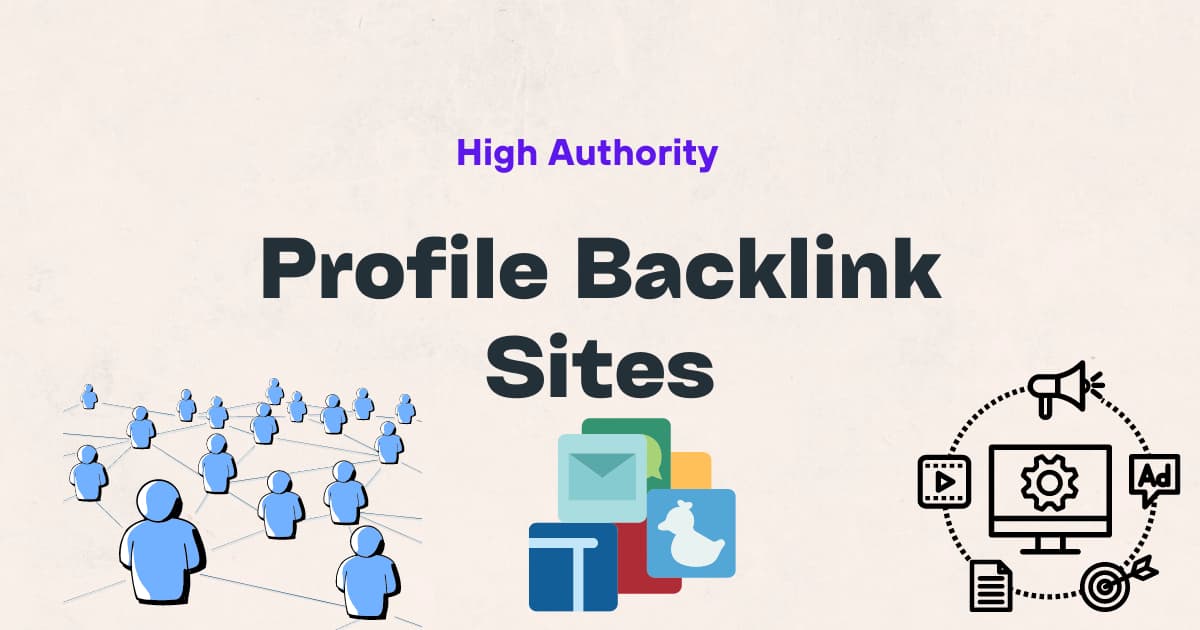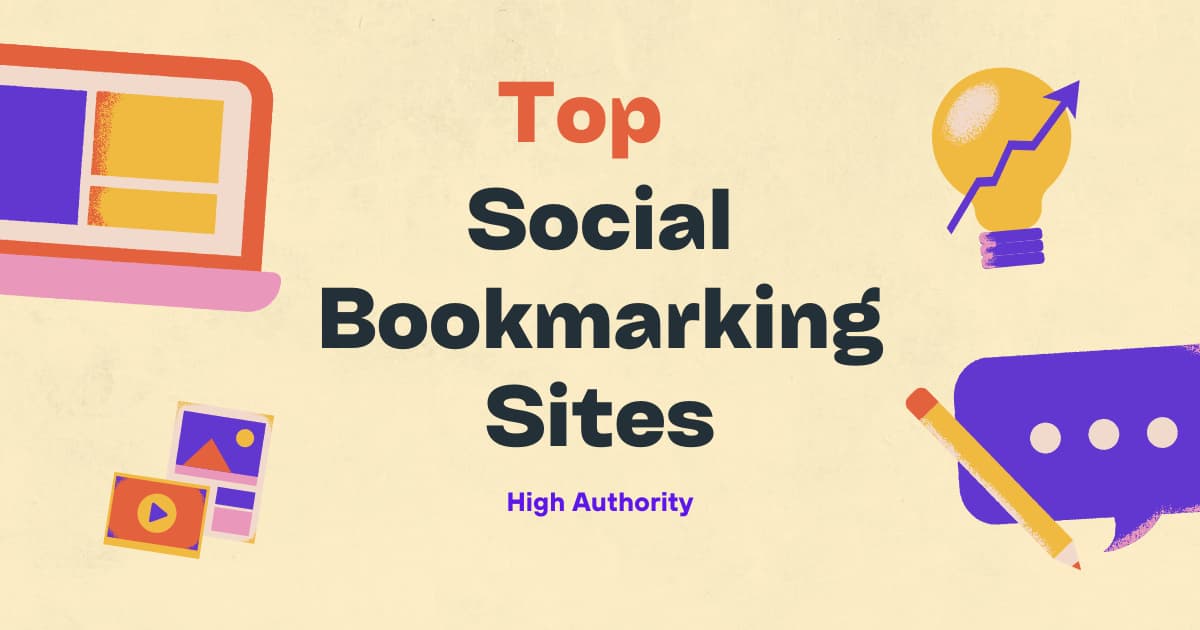If you have landed on this page searching not accidentally then I presume you are aware of email marketing and how beneficial an email marketing campaign can be.
And here we will discuss how to create an email marketing campaign in detail so that you can get the most benefit from your hard work.
Yes, you have to put some effort into running a proper email marketing campaign. Is it worth it? If you have any doubt in mind let me help you clear your confusion.
Does Email Marketing Worth the Effort?
According to Statista there As of 2022, the number of email users worldwide is estimated to be 4.26 billion. This figure is projected to grow to 4.73 billion by 2026. Statista also found that In the United States, 90% of people older than 15 use email, with the highest usage rate (93.6%) within the 25-44 age group.
Now look at the average open rate which is 21.5% (This is the average CTR and it varies across industries.)
So, if you have any confusion, I think these numbers will help you to understand how beneficial email marketing can be. Ready to launch your email marketing campaign? Let’s do it together.
What is Email Marketing
Before we talk about campaign strategy let’s talk about the basics. If you are new in the industry, read this section carefully. Knowing the basics is essential before you start any project.
I hope you know the basics, email marketing is sending a bunch of emails at once and obviously for marketing purposes. You will send emails to people whose interest lies in what you do or sell (Don’t worry, we will know about these people more later in this article.)

Emails are like your personal space right in the people’s inbox where they can access information on new goods and services, special offers, and news anytime they open their emails.
You will reach out to so many people all at once and if you do it well, some would be looking forward to your words and perhaps consider buying from you.
You can keep them informed about your products or services and remind them of your brand. Consequently, this makes it more likely that they will choose to buy from you in the future.
In addition, it is not expensive like other marketing channels. As a result. you can reach a large population without having to spend a lot of money.
If you are trying to get new leads or just want to nurture existing customers, you can engage multiple prospects through email marketing at once.
11 Proven Tips on How to Create an Email Marketing Campaign
As you can see email marketing is the most cost-effective marketing technique, lets discuss how to set up your next email marketing campaign.
Define Your Goals
Starting your email campaign is like planning a journey. You must know the destination. Think about what you want to accomplish.
Do you wish to sell more of your new product? Or, you may want more people to hear about your service. Alternatively, it could be as simple as wanting customers to always have a reason for making a repeat visit.
For instance, if you own a bakery, you might want to sell more cakes. On the other hand, if you own a blog you might want more visitors to your website.
If you own a membership-based website, you might want to welcome your new member and offer what you have got.
Types of Emails That Will Help You to Define Your Goals

Here are some sample email types that most website owners send:
Welcome Emails: It’s the first communication between your subscriber and you. Greet new members and tell them what you have to offer.
Promotional Emails: Highlight special offers, and sales, or showcase new products. This offer works like magic if you can target the clients with perfection.
Newsletter Emails: If you have special tricks or tips on offer people will subscribe to your newsletter and you will get website visitors and loyal clients.
Transactional Emails: Send confirmation for orders, and receipts, or respond to customer actions. Also, tell them how fast they will get their product. It gives your customers ease of mind.
Re-engagement Emails: Don’t forget those visitors who are not coming back to your website. An email may help them to remind you and visit your website again.
Educational Emails: Find readers who have an interest in your product or service and want to learn more. Write about their benefits in these emails and you should not focus on marketing only.
Event Invitation Emails: Invite subscribers to webinars, workshops, or other events you’re hosting. Free lessons will interest those people who have an interest in the industry you are working in.
Feedback Request Emails: Feedback is very important. This will make the customer loyal and encourage others to buy your products.
Abandoned Cart Emails: This is a very crucial type of email for e-commerce sites. Send them a special offer so that they come back again and complete the purchase they were thinking about.
Identifying Target Audience
You must know your target audience before you send emails to them. Why?
If you are selling courses on an eLearning website, you should target people between a certain age group, and certain interests. If you just shoot an email anonymously then most of your emails will not bring any result.
Therefore, targeted emails increase the chance that they’ll engage with your emails, rather than ignoring them or, worse, marking them as spam.
It’s like fishing in the right pond where you know there are many fish.
To find your target audience, begin by analyzing the common characteristics and interests of your existing client base. Look at who is shopping from you, as well as engaging with your content.

In addition to that, use social media insights and website analytics to help understand who exactly is interested in your content, products, or services. You can conduct surveys or feedback forms to find potential customers for your targeted emails.
For example, if you are selling sportswear you should target people who love fitness and have a certain age range and are interested in styles in fashion.
You could look for these people by looking at who else follows similar brands on social media or engages with fitness-related content.
Create an Email List
Before running a campaign and target audiences you must have an email list. This list is important because it’s made up of people who have chosen to hear from you. As a result, they are likely to respond positively to your emails.
Without it, you’re just sending messages into the void, hoping they reach someone interested.
You can start your list by using your website, social media, or even a physical store that you own. Offer something valuable in return for their email address. It could be a discount voucher, an ebook without payment, or access to restricted materials.
Your offer should be what the target audience really desires.
For example, if you have a gardening blog, you might give away a free guide on how to set up your own vegetable patch. When people sign up for the report and download it with their emails; they automatically join your mailing list.
Now you are collecting addresses of gardeners who are actually interested in this topic.
Segment Your Email After Having the List
What is email segmentation?
Email segmentation refers to the process of dividing your email list into smaller groups, based on specific characteristics.
They help you send more personalized messages to your subscribers. Instead of indiscriminately doing this by sending similar emails to all, you can better match it with their interests, needs, or behavior.
By carrying out this approach there will be more chances for people to open emails click through links and finally make purchases or take action.
In a survey conducted by Campaign Monitor segmented email campaigns led to an incredible 760% increase in sales (DMA).
Moreover, according to eMarketer, 39% of email marketers who use list segmentation see improved open rates, while 24% experience increased leads. Additionally, as per Chadwick Martin Bailey, 56% of subscribers quit receiving emails that are no longer relevant.
Select the Perfect Email Marketing Platform
Without a proper platform, all of your email marketing efforts will go in vain. This choice impacts how effectively you can communicate with your audience, track your success, and scale your efforts as your business grows.
So, how do you choose the best email marketing platform? Here are my tips:
- The reason for your email marketing campaign (e.g., lead nurturing, product announcements).
- What is the number of emails you can send and does the platform meet the requirements for segmentation that allow targeted messaging?
- Consider automation, A/B testing, analytics, and integrations.
- Choose an intuitive platform. Do not purchase a solution that requires advanced technical skills.
- Pricing plans vary among platforms. Choose one that suits your pocket and fulfills your needs.
- Ensure compliance with GDPR and CAN-SPAM to protect subscriber data.
- Check if it has good customer support with resources on how to install it as well as troubleshooting information.
For instance, you operate a small bookstore online. Mailchimp is one such platform with a friendly user interface and also offers a free plan that allows for up to 2,000 subscribers and 10,000 emails per month.
Alternatively, if you are a fashion store owner, Constant Contact can be an ideal choice because it has varied stylish models for your selection.
Find out about it first by using the test version before deciding to buy.
Design Your Email Template
Designing visually appealing templates for your email marketing campaigns is as important as selecting the right email marketing platform. A well-designed email can draw the interest of target audiences and improve conversations.
Most email marketing platforms have different customizable templates used for various purposes such as; newsletters, sales promotions, or welcome emails.

Pick out responsive ones (most templates are now responsive) that will fit nicely on any device from a computer to a smartphone. Afterward, tweak these templates to suit your brand colors, fonts, and style.
Don’t forget to remain consistent with the color and font that define your brand identity.
For example, if you are launching a new product you may prefer using a template that is specifically intended for product launch. You should insert high-resolution images of the product like precise descriptions and clear call-to-action buttons “Shop Now”.
A good example is Frank And Oak which is an online fashion house. This popular fashion retailer has simple, clean emails that mirror their environmentally conscious approach.
They include high-quality pictures of their clothes along with some basic text and pointed CTAs such as “See What’s New”.
Implement Effective CTA Buttons
CTAs are the most important part of your email marketing campaign as it is making potential customers into real customers.
CTAs are not just buttons or links; they direct your subscribers to take a specific action.
Make sure your CTA pops visually with bright colors and put it front and center in your email. Here are some examples:
- If you are running a fitness app and sending an email about the new workout challenge, you may use CTA like “Join the Challenge Today!”
- When sending emails for online courses, one can write “Start Learning Now.”
- Emails sent to a non-profit organization aiming at raising funds could read “Donate Now to Make a Difference” using an emotive heart icon.
A/B Test Your Email Campaign
A/B testing, also called Split testing, is crucial for any type of marketing campaign. It means sending two different versions of your email to a small group of subscribers.
The goal is to find out which version performs better in terms of opens, clicks, and conversions. You can send the winning version to the rest of your subscribers.
To start an A/B test, first decide what element of your email to test, like the subject line or content. Then, create two emails, version A and B, with just one difference between them.
After sending to segmented lists, analyze the results to see which email performed better. This helps you improve your future campaigns.
Let me demonstrate with an example
Suppose you run an online bakery, and you’re not sure whether a more casual or formal tone in your email subject lines will lead to more opens. You decide to conduct an A/B test:
Version A (Professional): “Our Latest Selection of Handcrafted Pastries”
Version B (Casual): “Hey! Check Out Our Yummy Pastries 😋”
After sending out two versions you might see the second one gets more CTR.
You can also conduct an A/B test on the CTA buttons. For example, write “Shop Now” on one button and write “See the latest Collection” on another button and see which one gets more clicks.
Measure Your Results
The most crucial part now is to measure your email marketing campaign. It tells you what is working and what isn’t working. By analyzing the results, you’ll be able to make better decisions and improve your emails to elicit better responses from your target audience.
To determine how well your email marketing strategies are doing, check for metrics such as open rates, click-through rates, and conversion rates.
You will find these numbers in the dashboards of most email marketing software available out there. For example, if you send 1000 emails and only 200 people open them then that is a 20% open rate.
Apart from open rates, click-through rates, and conversion rates, here are some of the most important metrics to keep track in your email marketing process:
- Bounce Rate: It indicates the fraction of undelivered emails. High rates of bounce indicate issues with email lists or servers.
- Unsubscribe Rate: It measures the number of people who unsubscribe from your emails. You can use this to evaluate relevancy and get an idea of reader engagement.
- Click-through rate (CTR): It measures the number of people clicking on links in your emails, indicating content effectiveness.
- Email Sharing/Forwarding Rate: How often are your recipients sharing or forwarding any particular email? Which content has the greatest appeal?
- Spam Complaint Rate: The proportion of subscribers who classify your emails as spam. If it’s high, it affects how successfully emails reach their addressees.
- Overall ROI (Return on Investment): It measures revenue gained from campaigns via electronic mail as opposed to expenses incurred therein. A must-have for gauging success level in a campaign.
Compliance and Legal Considerations
You OBLIGED to be familiar with every smallest detail of the legal stuff about email marketing. This is not only to avoid being fined and sued but also to establish, and maintain trust through your audience.
You should be informed of regulations like the CAN-SPAM Act, GDPR, and other local laws.
For example; according to the CAN-SPAM Act, you must permit individuals to opt out of receiving future emails from you effortlessly and honor their request without delay.
Consequently, including an unsubscribe link in each email isn’t just a formality—it’s actually a legal requirement.
Top 10 Benefits of Running Email Campaign Regularly
- Cost-Effective: Email marketing is one of the most cost-effective advertising methods. It eliminates print, postage, and ad space costs.
- Personalized Content: You can make your messages relate closely to the interests and purchase history of your target audience by tailoring your emails.
- Measurable Results: Open rates, click-through rates, and conversions can be tracked in real time with email marketing. As a result, you can take immediate action.
- Wide Reach: An email address allows you to touch an audience around the world instantly on any device.
- Immediate Delivery: Emails are delivered right away making it easy to send last-minute offers or news to your list of subscribers.
- Eco-Friendly: This kind of promotion is environmentally friendly because it reduces paper consumption and minimizes other physical resources used by direct marketers
- Automatable: By scheduling and automating email campaigns, you ensure that they reach their recipients when they are most likely to act.
- A/B Testing: Email marketing platforms allow testing content ideas against each other thus helping you come up with the best copy or pieces for your visitors.
- Drives Web Traffic: A well-crafted email campaign can significantly increase traffic to your website; thereby enhancing your online presence and possibly generating sales leads.
- Builds Relationships: Regular personalized emails help build stronger connections between companies and customers leading to loyalty as well as repeat business.
FAQs
What is the right time to send my marketing emails?
The optimal time for sending them may vary depending on your target market and industry. Yet, studies advise that you should send mid-week emails, particularly on Tuesday and Thursday mornings, since they tend to enjoy higher success rates.
How often should I email my subscribers?
This will depend on the type of content being sent, the industry involved, and the preferences of your audience. A few emails may make others forget you while too many will lead to unsubscribes. So, keep a balance between these two situations.
What can I do to prevent my emails from being considered as spam?
To avoid going into this folder, ensure that your emails are relevant and attractive to the target group, use licensed email service providers (ESP), and have an effective unsubscribe mechanism in place.
Don’t overuse sales words like “free,” “guarantee” or “no risk”. Also, get consent before adding someone’s name to your mailing list.
How can I make sure my emails stand out?
Make them personal so that they will always be noticed by recipients even if they do not read the body texts.
Create catchy headlines that grab attention quickly but remember simplicity is important also. Use simple language only when necessary and choose high-quality information as well as visuals or photos.
How much does it cost for email marketing?
Email marketing costs can vary greatly depending on list size, campaign complexity, and platform selection.
While basic email services for small lists can start at $10-$20/month, more sophisticated platforms with automation and segmentation features may run into the hundreds or even thousands of dollars per month.
Should I buy email lists for my campaigns?
You should not. Purchased lists often contain low-quality and irrelevant addresses, which result in spam complaints. This has the potential to harm your reputation as a sender and affect your future email deliveries.
Creating an organic list through genuine interactions ensures both engagement and adherence to rules.
Wrapping Up
So, marketers or website owners, I hope this guide on how to create an email marketing campaign was helpful to you. People will use their emails as it lays at the core of using all other platforms.
So, don’t listen if people say, email marketing is dead.
It’s not. Moreover, email marketing is becoming more and more helpful for all organizations. So, stop wasting time, start collecting emails, and start your next campaign. You will see for yourself how much potential this marketing channel is.



